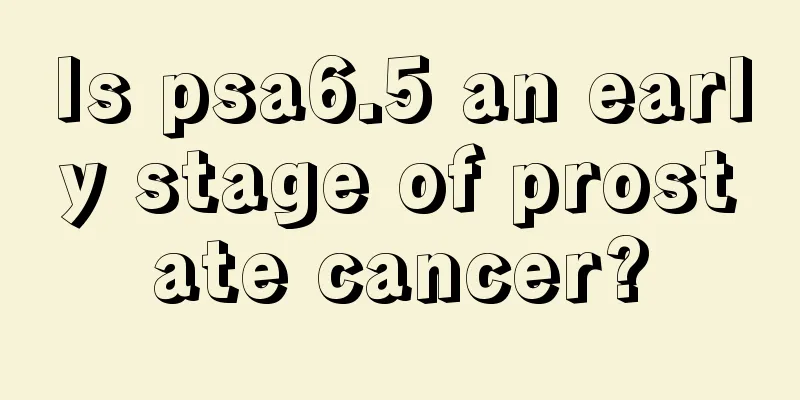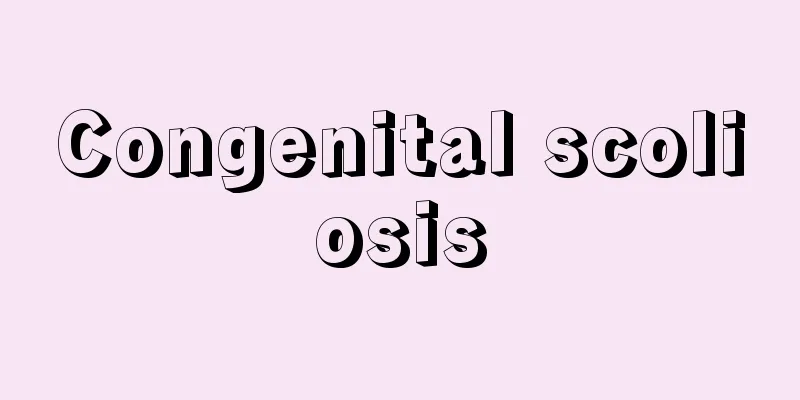Precautions for intussusception enema

|
Intussusception is a relatively common disease in children. The most common treatment is air enema. After enema, you must pay attention to recuperation. Parents should not worry too much. Generally, there will be no recurrence. After enema, you will be able to recover well in about a week. During the recovery period, parents should pay attention to whether the child has symptoms of fever, vomiting, and abdominal distension. If the discomfort intensifies, you should be admitted to the hospital for examination in time. 1. Observe the baby's paroxysmal abdominal pain, bloating, vomiting, no gas or bloody stools, etc. The above are the symptoms of recurrence of intussusception after enema, so please pay attention to observation. If the child has severe vomiting and dehydration symptoms, fluids should be supplemented and electrolytes should be added. 2 After enema, the child should become quiet, stop crying, and begin to expel gas and bloody stools from the anus. If the baby cries again after enema for intussusception, observe whether he cries once every 15 minutes or so. If he cries once every 15 minutes or so, then there may be a possibility of intussusception again; if there is no regularity, it may be a phenomenon of intestinal function recovery. Solution: If intussusception occurs again, enema should be given again; if there is no regularity, then the mother should pay attention to the baby's diet from less to more, from thin to thick, step by step, and do not rush it. 3 Take carbon tablets, fast all food, observe for 6-8 hours, pay attention to the discharge of black stool. If there is no black stool, Still need to observe until black stool is discharged. If the child has not defecated, you can use Kaisalu to relieve constipation. After the black stool is discharged, you can eat. The diet should follow the principle of increasing the amount of food and drink, and gradually increasing the amount of food. Note: After the enema, children under general anesthesia should lie flat without a pillow, with their heads tilted to one side. Observe the child's complexion, lip color, breathing, etc. The child can only take the carbon tablet after he is fully awake. 4. Keep your abdomen warm and eat regularly to avoid intestinal dysfunction. In the first few days, it is best to eat semi-liquid food, such as porridge, noodles, lotus root powder, and vegetable and fruit puree, which are easy to digest and absorb. After recovery, give a high-calorie, high-protein, high-vitamin, easily digestible, low-residue diet, avoid high-fat and greasy foods, and avoid eating gas-producing foods such as sweets and soy products that can cause abdominal distension. |
<<: Is allergic rhinitis hereditary? What should I do if I have allergic rhinitis?
>>: How do prostate tumors come about
Recommend
What are the signs of liver cancer in men
The early symptoms of male liver cancer patients ...
Can I get pregnant if I have bladder cancer?
Can I get pregnant if I have bladder cancer? Expe...
How to cure stomach problems
Nowadays, many young people suffer from stomach p...
What harm will happen if you accidentally consume alcohol
In daily life, we often use alcohol for disinfect...
Brief introduction to what is choroidal melanoma
When it comes to choroidal melanoma, many people ...
How long can a person with advanced pancreatic cancer metastasize to the liver and lungs live?
Cancer, also known as malignant tumor, is differe...
What is the reason for the stabbing pain in the left front chest
Many people experience stabbing pain in the left ...
What to do if your heel gets blisters
In life, many people have experienced blisters on...
How to use a chestnut peeler
Although chestnuts are delicious, they have a hug...
How to massage cervical pain, you need to choose the correct acupoints
For diseases such as cervical pain, we can reliev...
What to do with oily hair? Here are some tips to help you
Oily hair is a very distressing thing that seriou...
Is it okay to leave the tampon inside?
When women reach their menstrual period, they wil...
How to clean up hair that has fallen on the ground_Tips for removing hair from the ground
When cleaning the room, if you find a lot of hair...
Can rhinitis be cured
Not only in our country, but also in the world, t...
Cough, phlegm, chest tightness, chest pain, palpitations, etc.
Coughing, sputum, chest tightness, and palpitatio...









